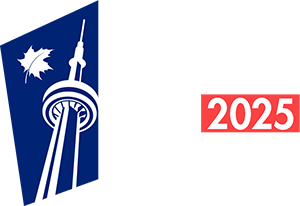Life Lease Property Assessments
A life lease property is where you purchase the right to occupy a residential unit owned by another party for a specified period of time. This may either be:
- for your lifetime
- for a defined term of 49 or 99 years
In Ontario, other terms that are used to describe these arrangements include:
- life estate
- life tenure
- equity lease
In all lease arrangements, the following apply:
- The sponsor retains the ownership of the project and the individual units.
- The purchaser of a life lease unit pays the monthly maintenance fees to cover administration, landscaping, utilities, reserve fund, building insurance and property taxes.
- When occupancy ends, the lease on the unit may be resold at its market value. Both the sale and re-sale terms are detailed in the agreement between the sponsor corporation and the individual unit occupant.
The five basic types of life lease economic models are:
- zero balance
- declining balance
- fixed value
- index based
- market value
Most life lease projects in Ontario follow the “market value” model. This is when the purchaser pays the full “market value” for the right to occupy the life lease unit.
When the occupancy ends, the resident or their estate will sell the life lease interest for whatever the “market value” is at that time.
How your life lease property is assessed
Typically, we assess life lease developments under one roll number, with the sponsor corporation shown as the owner. The individual life lease occupants are listed as tenants.
The primary method used to establish the current value assessment for life lease properties is the direct comparison approach. This approach estimates the value of a life lease project based on the sales of similar units or suite types within a life lease community.
The following categories of sales sources are used (in order of preference):
- Sales from the subject life lease development.
- Sales from a comparable life lease development.
- Sales from a comparable condominium complex.
In addition:
- In order to create a sales inventory for each development, we send sales questionnaires requesting sales information for all units or suite types that have sold within the development within a specific timeframe.
- We then select a comparable life lease or condominium project(s) similar to the life lease project with respect to:
- type of structure(s) - row housing, walkup or high rise
- location - should be in close proximity to life lease project
- age/condition
- number of total units
- square footage of unit types
- amenities
- The total value of all units in the complex or development receives a downward value adjustment.
- This adjustment is required in order to offset non-realty services, which may be offered in the sale agreement but are not generally accepted to be part of the property for valuation purposes.
In developments where no sales information exists, we use sales from a comparable project or condominium complex.
Adjustments may also be necessary to reflect differences in amenities, location and other factors proven to affect the value of the property.
More information on the life lease housing sector is available on the Ministry of Municipal Affairs and Housing website.




